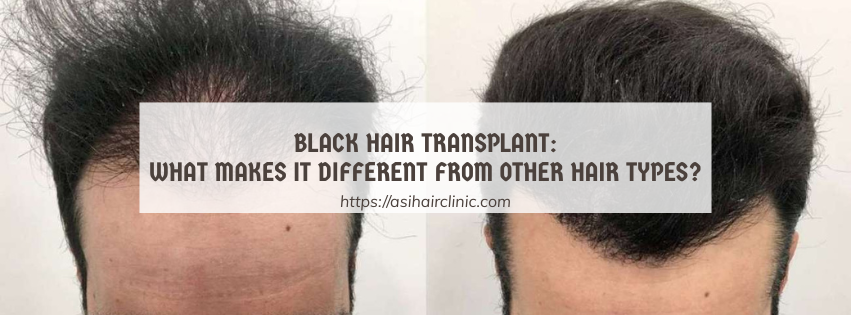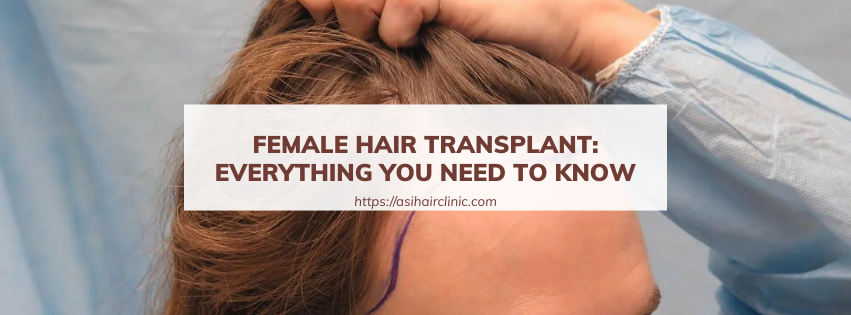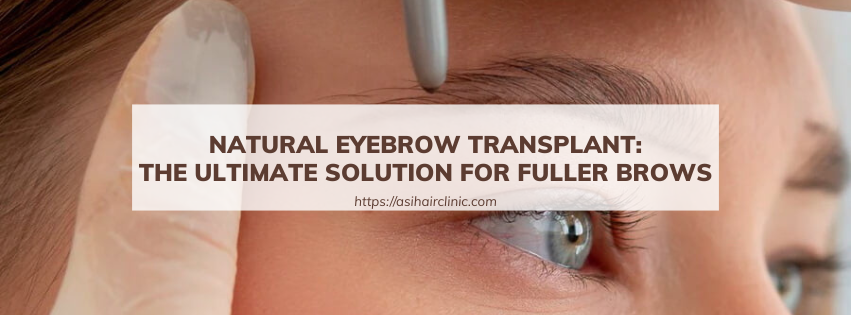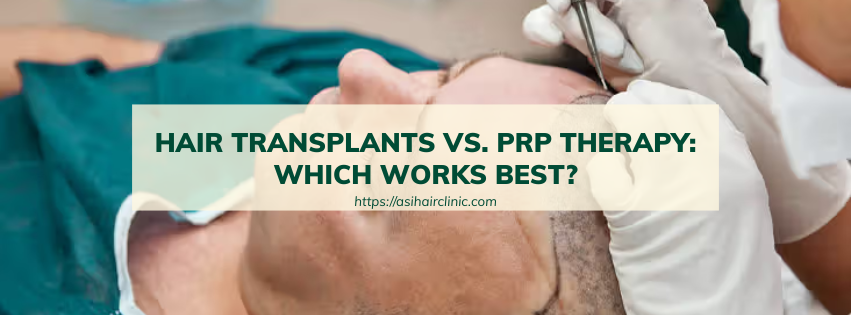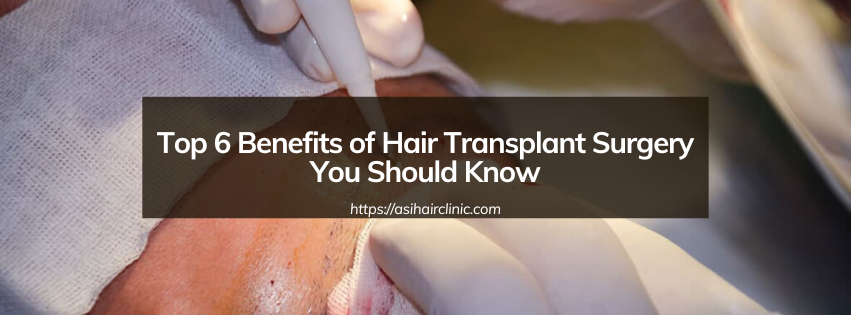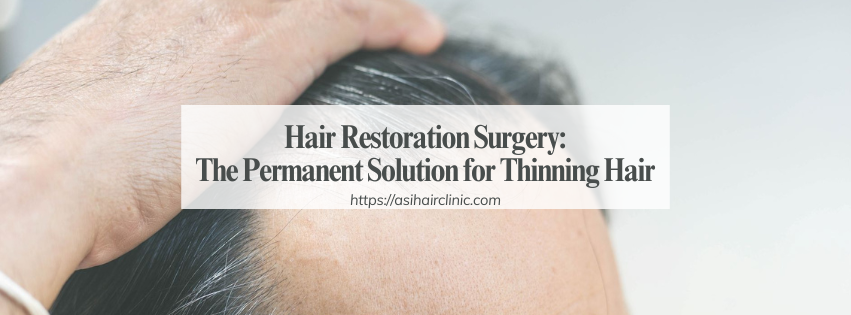Hair Transplant Pain: What Should You Expect?
Hair transplants have become a popular solution for those looking to regain their natural hairline, but many prospective patients wonder about the pain associated with the procedure. In most cases, a hair transplant is performed under local anesthesia, which means you won’t feel pain during the surgery itself. However, some discomfort or mild pain may occur after the procedure as the anesthesia wears off. While the level of pain varies from person to person, knowing the typical sensations and how to alleviate them can make the entire process more comfortable and stress-free. This article provides a comprehensive look at the various aspects of hair transplant pain, helping you understand what to anticipate and how to manage any discomfort. We'll explore the different stages of the procedure, the types of pain experienced, pain management techniques, and tips for a smoother recovery.
1. Understanding the Hair Transplant Process
Before diving into the pain aspect, it's crucial to understand the hair transplant procedure itself. This surgical technique involves extracting hair follicles from a donor area (typically the back of the head) and transplanting them to the recipient area (the balding or thinning region).
Both Follicular Unit Transplantation (FUT) and Follicular Unit Extraction (FUE) are commonly used methods. Understanding these techniques is essential not just for your knowledge but also for contextualizing the expected pain and discomfort during and after the procedure.
1.1. Overview of Hair Transplant Techniques
In this section, we'll delve deeper into the two primary hair transplantation methods-FUT and FUE. Each method has its nuances and implications for both results and the pain associated with the process.
FUT is often viewed as a traditional approach where a strip of skin is removed from the donor area. The surgeon then meticulously extracts individual follicular units from this strip under a microscope and implants them into the recipient area. While effective, this method can lead to a linear scar and might involve more post-operative discomfort compared to FUE.
Conversely, FUE involves extracting individual hair follicles directly from the scalp using a tiny punch tool. This technique is minimally invasive, which generally translates to less discomfort and a quicker recovery time. Patients may find this method preferable not only for aesthetic reasons but also for reducing the level of hair transplant pain associated with the extraction stage.
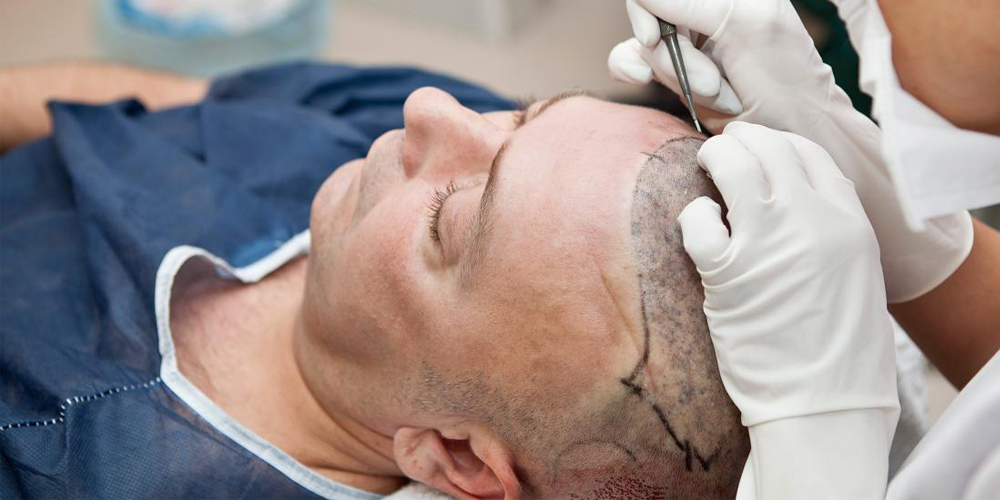
1.2. Preparing for Surgery
Preparation for a hair transplant goes beyond logistical aspects; mental preparation is equally important. Anxiety regarding pain can amplify the perception of discomfort during the procedure. Therefore, discussing your concerns with your surgeon is crucial. They can provide insights into what to expect, especially in terms of pain management.
Moreover, a clean and healthy scalp contributes to a smoother surgical process and recovery. Following pre-operative instructions, such as avoiding blood thinners and maintaining proper hygiene, is vital for minimizing complications and subsequent pain.
1.3. Anesthesia's Role in Pain Management
Anesthesia plays a crucial role in managing hair transplant pain during the surgery. It can either be local or general, depending on the complexity of the procedure and patient comfort levels. Local anesthesia numbs the targeted areas but allows patients to remain awake, while general anesthesia induces sleep through the entire process.
The choice of anesthesia significantly influences the pain experience. Discussing your preference and any worries about anesthesia with your surgeon will aid in making an informed decision that aligns with your comfort levels.
2. Types of Pain Experienced During and After the Procedure
Understanding the types of pain you might encounter during and after the hair transplant is pivotal for effective management.
2.1. Pain During the Procedure
During the hair transplant, most patients report minimal discomfort due to effective anesthesia administration. However, some individuals may perceive pressure or tugging sensations as hair follicles are extracted and implanted.
For FUT procedures, the removal of the strip of skin may cause temporary pulling sensations. Although the local anesthesia is designed to diminish discomfort, some patients may still feel mild pressure or warmth in the treated areas.
With FUE, the experience differs slightly. Individual hair follicle extraction may result in slight discomfort, as multiple tiny incisions are being made in rapid succession. Thankfully, local anesthesia typically mitigates these sensations effectively.
2.2. Post-Operative Discomfort
Post-operative pain varies widely among individuals. Generally, patients can expect soreness and tenderness in both the donor and recipient areas, a natural consequence of the surgical manipulations. Scalp tenderness is common, particularly in the days immediately following the procedure.
Swelling and bruising may also occur, especially with FUT. This occurs as the body reacts to the trauma of surgery, leading to fluid retention in the treated areas. Typically, these symptoms peak within two to three days before gradually subsiding.
Another common post-operative issue is itching, which may arise as the scalp heals. It’s essential to refrain from scratching, as this could disrupt the healing process and introduce infection-a concern that can exacerbate hair transplant pain.
2.3. Factors Influencing Pain Perception
Pain perception varies considerably between individuals based on several factors, including:
- Individual Pain Tolerance: Each person's threshold for pain is different. While some might breeze through the procedure with little discomfort, others may find even minor sensations harder to cope with.
- Technique Used: The invasiveness of the chosen method greatly influences the post-operative experience. FUT may yield greater discomfort due to the nature of the incision, while FUE’s minimally invasive approach often leads to a more pleasant recovery.
- Skill of the Surgeon: A surgeon's expertise can make a significant difference in the overall experience. Skilled professionals execute procedures with precision, reducing additional trauma to the scalp that could heighten pain levels.
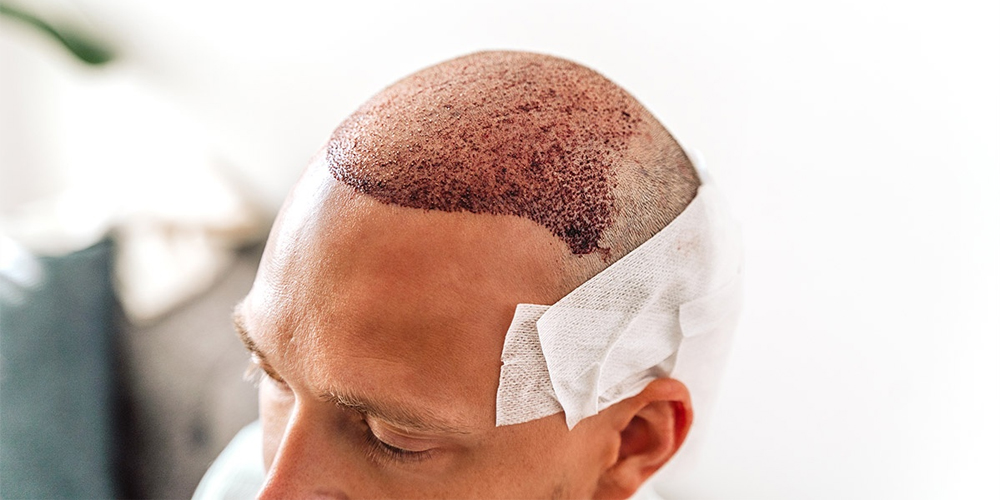
3. Managing Hair Transplant Pain Effectively
Pain management is paramount for ensuring a smooth recovery after a hair transplant. Various strategies exist to alleviate discomfort and promote healing.
3.1. Pre-Operative Consultation
Discussing your concerns about pain with your surgeon prior to the procedure is invaluable. A thorough consultation allows you to understand the steps involved and the anticipated hair transplant pain. This dialogue can help set realistic expectations and ease anxiety, contributing to a more positive experience.
3.2. Proper Anesthesia Administration
One of the most effective ways to minimize pain is ensuring that the anesthesia is appropriately administered. Patients should communicate openly with their surgeon about any anxiety surrounding anesthesia. Properly managing this aspect can significantly mitigate discomfort during the procedure.
Following the anesthesia administration, it’s wise to settle into a relaxed state, focusing on calming techniques like deep breathing. This not only eases the anticipation of pain but can also enhance the anesthetic’s effectiveness.
3.3. Adhering to Post-Operative Instructions
After the procedure, following your surgeon's post-operative directions is critical. These instructions may include guidelines on medication usage, ice pack application to reduce swelling, and advice on keeping the scalp clean.
Taking prescribed medications, such as over-the-counter pain relievers, can help manage any discomfort efficiently. If recommended, consider applying ice packs to alleviate swelling and numb the area, further minimizing pain.
3.4. Rest and Recovery
Adequate rest plays a vital role in healing. After the surgery, take time off work and avoid strenuous activities. This not only aids recovery but also reduces the risk of complications that could lead to increased pain.
Additionally, staying hydrated and eating nutritious meals can foster a healthier recovery process. Engaging in light activities, such as gentle walks, can also help improve circulation without over-exerting yourself.
3.5. Lifestyle Considerations
Certain lifestyle choices can have a substantial impact on recovery. Avoiding alcohol and smoking is paramount, as they can hinder the healing process and increase the likelihood of pain and complications.
Instead, focus on nurturing your body. Incorporating vitamins and minerals known for promoting hair growth, such as biotin and zinc, into your diet can support the healing process and improve your overall well-being.

4. When to Seek Medical Attention
While some discomfort is normal following a hair transplant, there are specific situations where seeking medical attention is crucial.
4.1. Recognizing Severe Pain
If you experience severe pain that is unbearable and does not respond to over-the-counter medications, don’t hesitate to contact your surgeon. Such pain may indicate complications requiring immediate evaluation.
4.2. Monitoring Swelling and Bruising
Excessive swelling or bruising that worsens rather than improves after a few days should prompt a call to your healthcare provider. Monitoring these symptoms is vital in determining whether they fall within the range of typical post-operative reactions.
4.3. Identifying Signs of Infection
Be vigilant for signs of infection, which could manifest as fever, increased redness around the surgical site, pus, or excessive discharge. Prompt medical intervention can prevent complications and ensure a smoother recovery.
4.4. Addressing Unexpected Pain Increases
If pain or discomfort intensifies instead of subsiding post-surgery, it’s important to consult your surgeon. Immediate medical attention may be necessary to address underlying issues contributing to the increased discomfort.
Conclusion
Hair transplant surgery can be a transformative experience, dramatically enhancing your appearance and confidence. While some discomfort and hair transplant pain are associated with the procedure, understanding what to expect and taking appropriate measures to manage pain can significantly enhance your overall experience and facilitate a smoother recovery.
By grasping the various stages of the procedure, recognizing factors influencing pain perception, and employing effective pain management strategies, you can confidently prepare for your hair transplant journey. Open communication with your surgeon, adherence to post-operative protocols, and seeking medical advice when needed can ensure a comfortable and successful outcome.
Ultimately, investing in a hair transplant is not merely about changing one’s appearance; it's about reclaiming self-worth and confidence. With the right mindset and preparation, you can navigate this journey with assurance.
LATEST POSTS

